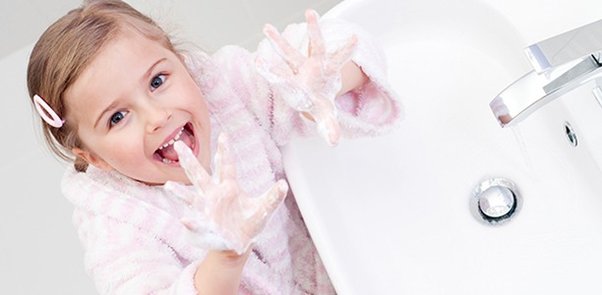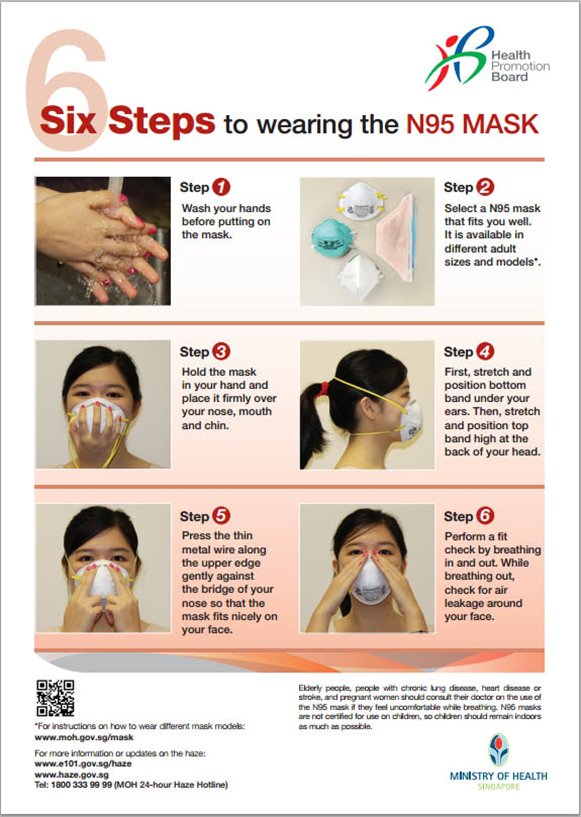People join gyms to be healthier and maintain a good body shape but they might actually end up with some infections considering that gyms are a hot spot for germs. Ensuring a safe and clean environment for your members is important for their safety and for you.
Multiple disease causing germs are present in gyms like influenza, staphylococcus, streptococcus, and E. coli. Studies reported that 63% of gym equipment harbour rhinovirus, the virus responsible for colds. Skin diseases including athlete’s foot and human papillomavirus, are also thriving in fitness centres. Gym facilities have also been pointed out to spread MRSA (Methicillin Resistant Staphylococcus Aureus), a life threatening bacterial infection, resistant to normal antibiotic therapy. MRSA infects people through cuts, abrasions or skin contact. Germs easily spread and people tend to touch their face several times per hours, allowing germs to enter their body through the nose and mouth, making them sick.
Dirty equipment and locker rooms, lack of cleaning products to wipe down equipment are among the principal cleaning issues experienced by customers. No one wants to exercise in a dirty gym or end up being sick each time they go to the gym. In order to ensure a disease free environment and avoid critical outbreak, which may greatly hurt one’s reputation, implementing an efficient cleaning policy is primordial. Not only will your members benefit from it, but your facility will gain a better reputation, sending a positive image of a safe and caring gym.
Evaluate your own gym centre.
Look at your gym from a new perspective, as if you were a potential customer discovering your facility for the first time. Would you be comfortable walking barefoot or using the equipment? Does your place communicate a clean feeling?
Staying in a certain environment for a long time can alter your vision, so, look for honest critics from your friends, reviews from internet, or directly ask your customers about the cleanliness. You will quickly realise which improvements are needed.
Implement a cleaning policy
Create a checklist, with different items to clean on specific days. Involve your personnel and make sure that they follow your recommendations. Some areas are more prone to germs than others and require more attention and cleaning. Be especially meticulous with these hot spot for germs areas:
– Free weight
Free weights are one of the most used equipment in the gym and are ironically usually forgotten during the cleaning process though they should be cleaned after each use. Their hard surfaces are ideal for hosting germs that can lead to colds and other infections.
– Locker room
Most of the germs in the locker room flourish on the floor. Shoes entering the locker room harbour faecal matter, picked up from the outside, which can give stomach flu and hepatitis A. The locker room is also the perfect place for germs like staphylococcus, streptococcus, and MRSA as well as fungi. A cut in your skin and a direct contact with germs is enough to let the germs enter your body and infect you.
Ask your members to wear flip flops or other sandals in the locker room to avoid contact with the floor and wash it thoroughly before and after peak hours.
– Exercise mats
Exercise mats are rarely cleaned. In the worst case, mats are reused for each class, becoming a den for germs.
Provide enough mats for two or three classes so that it can dry between training sessions and, clean it with an alcohol spray disinfectant containing at least 60 percent of alcohol to guarantee an efficient cleaning.
– Cardio machines
Cardio machines like treadmills, bikes, and elliptical, are more likely to get wiped down after use than free weight. Yet, most of the machines have traces of rhinovirus, fungi, and yeast, especially on bike seats.
– Showers
People shower to get rid of bacteria and be clean, but at the end, because of the high presence of fungi and other germs in this area, it can cause them more harm than good, infecting them with athlete’s foot and other fungal infections.
Plan the frequency and the method cleaning. Material cleaned regularly will be less dirty between cleanings, and have fewer microbes to remove each time. Germs and bacteria can survive days on surfaces so spray and wipe the equipment with alcohol sanitizing solutions throughout the day. When the centre is empty, operate a meticulous cleaning of the equipment with bactericide detergent. Spray the solution on surfaces and wipe with a clean towel. Wiping is an important procedure and ensures a complete removal of germs. Change towel when cleaning a different surface to avoid cross contamination by transferring germs from one surface to another. Thoroughly clean the floor, shower and other rooms with specific and adapted cleaning products.
Involve your members
You can’t always clean your equipment after each use, especially during peak hours. The best way to keep a squeaky clean gym is to make your members participate in the cleaning process. Provide cleaning supplies, sanitizing solutions and disposable paper towels within easy reach of equipment, throughout the gym, and near the exits to wipe off the equipment after each use and to sanitize hands. You can also give each member individual travel pack sanitizer spray so they don’t need to check for supplies. Engage your trainers and staff to sanitize their hands when dealing with customers. They are the link between the members and the gym, and can encourage people to sanitize their hands and keep the equipment clean.
In many facilities, members take advantage of hand sanitizers and take part to the cleaning. Post signs to encourage members to wipe the equipment after use.
Making everyone regularly sanitizing their hands can make a difference and drastically improve the overall cleanliness, creating a safer environment that will benefit everyone.
Sources:
Fitness Magazine. 2012. Germs at the Gym. [ONLINE] Available at: http://www.fitnessmagazine.com/health/germs/germs-at-the-gym/.
DailyMail. 2016. How going to the gym can be BAD for your health: Free weights found to have 362 TIMES more bacteria than a toilet seat. [ONLINE] Available at: http://www.dailymail.co.uk/health/article-3528955/How-going-gym-BAD-health-Free-weights-362-TIMES-bacteria-toilet-seat.html.
Men’s Health. 2016. How going to the gym can be BAD for your health: Free weights found to have 362 TIMES more bacteria than a toilet seat. [ONLINE] Available at: http://www.menshealth.com/health/how-dirty-is-your-gym-equipment.
Gym Insight. 2012. Keep Your Business Clean. [ONLINE] Available at: https://blog.gyminsight.com/321-keep-your-business-clean/.
Sportsmith. 2015. 9 tips you can use now to keep your club clean. [ONLINE] Available at: http://blog.sportsmith.net/fitness-equipment-maintenance/9-tips-to-keep-your-club-clean/.






















